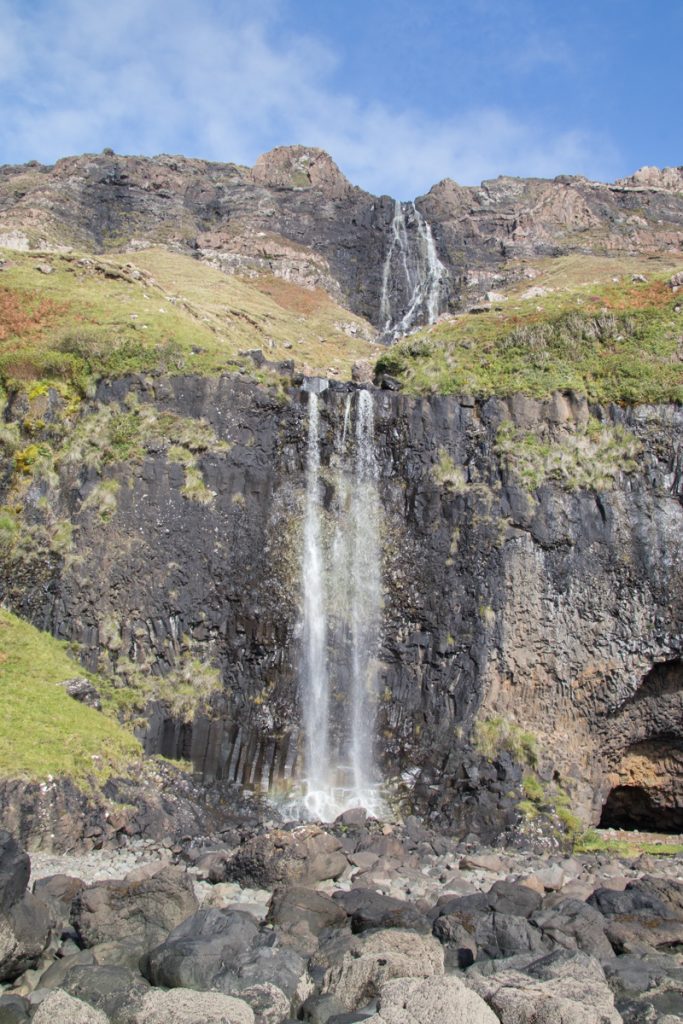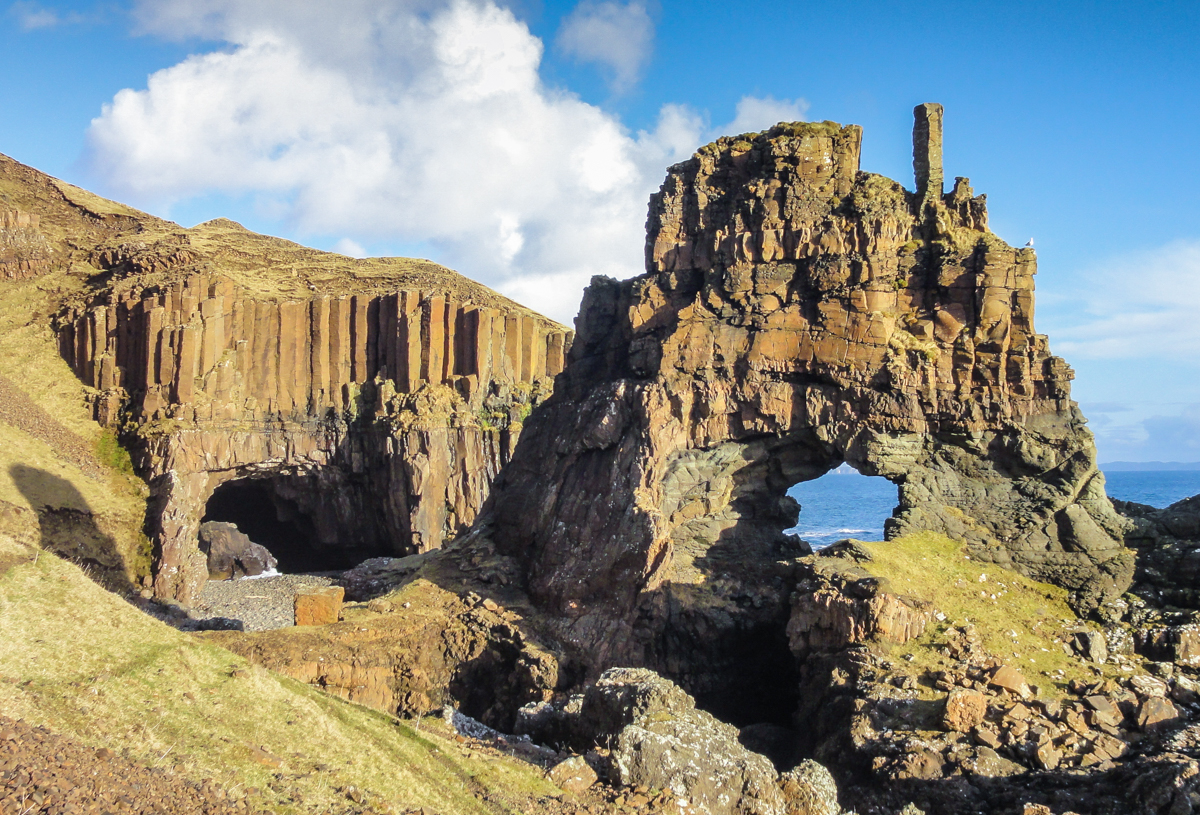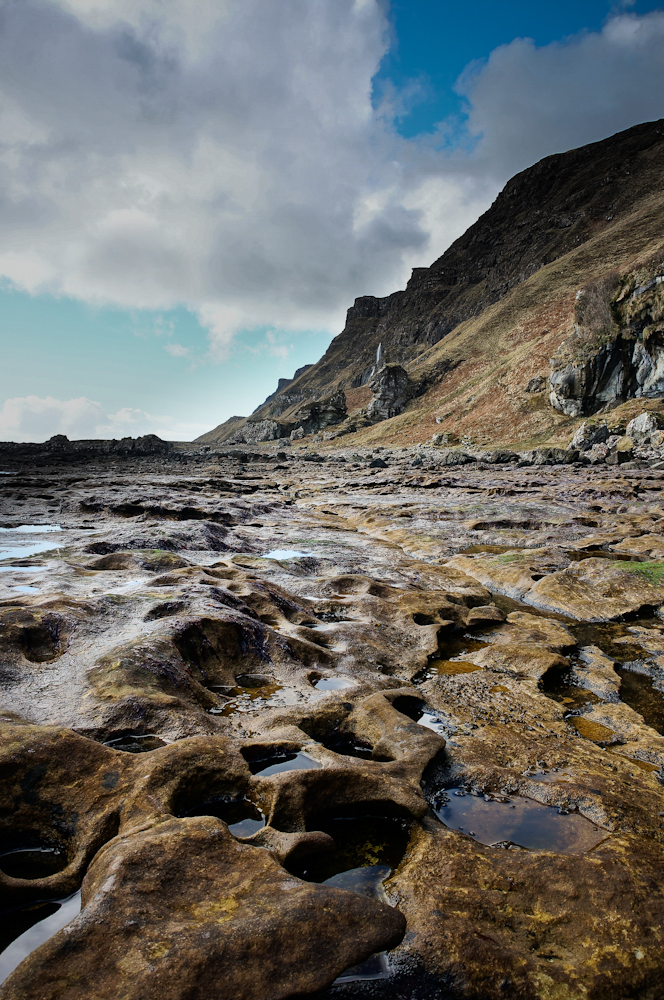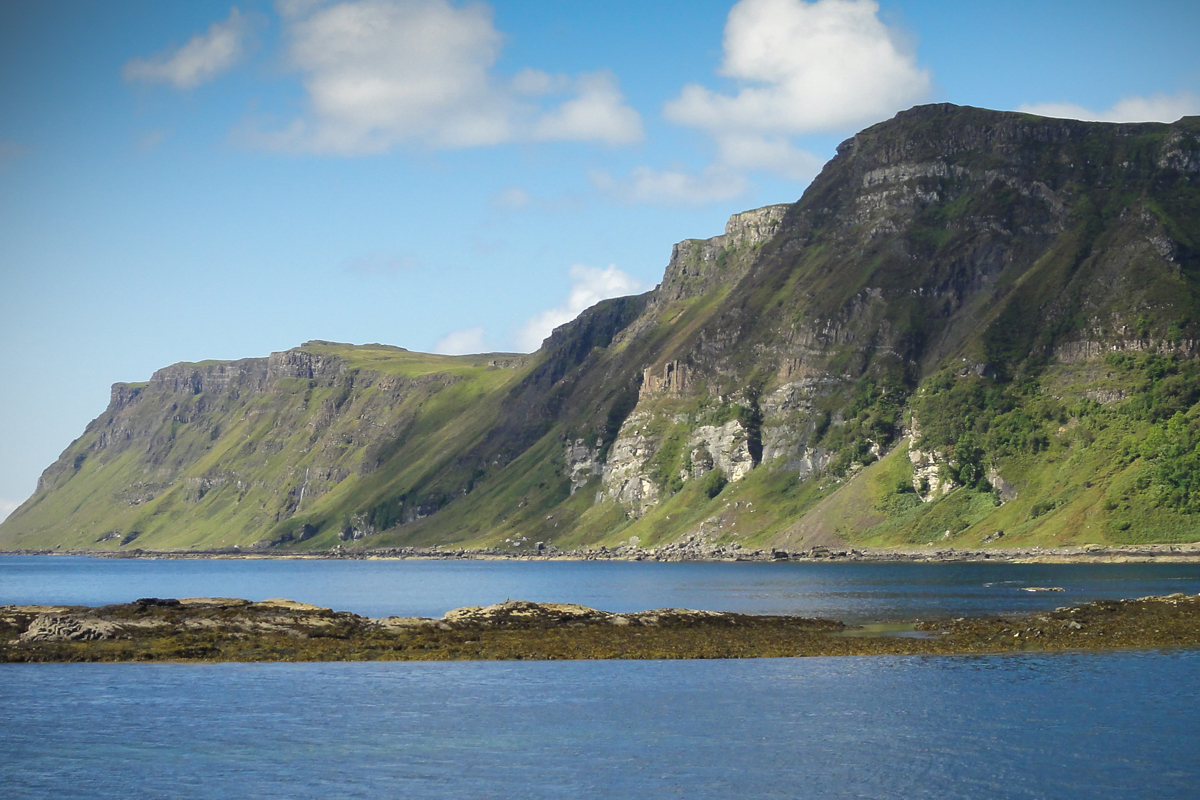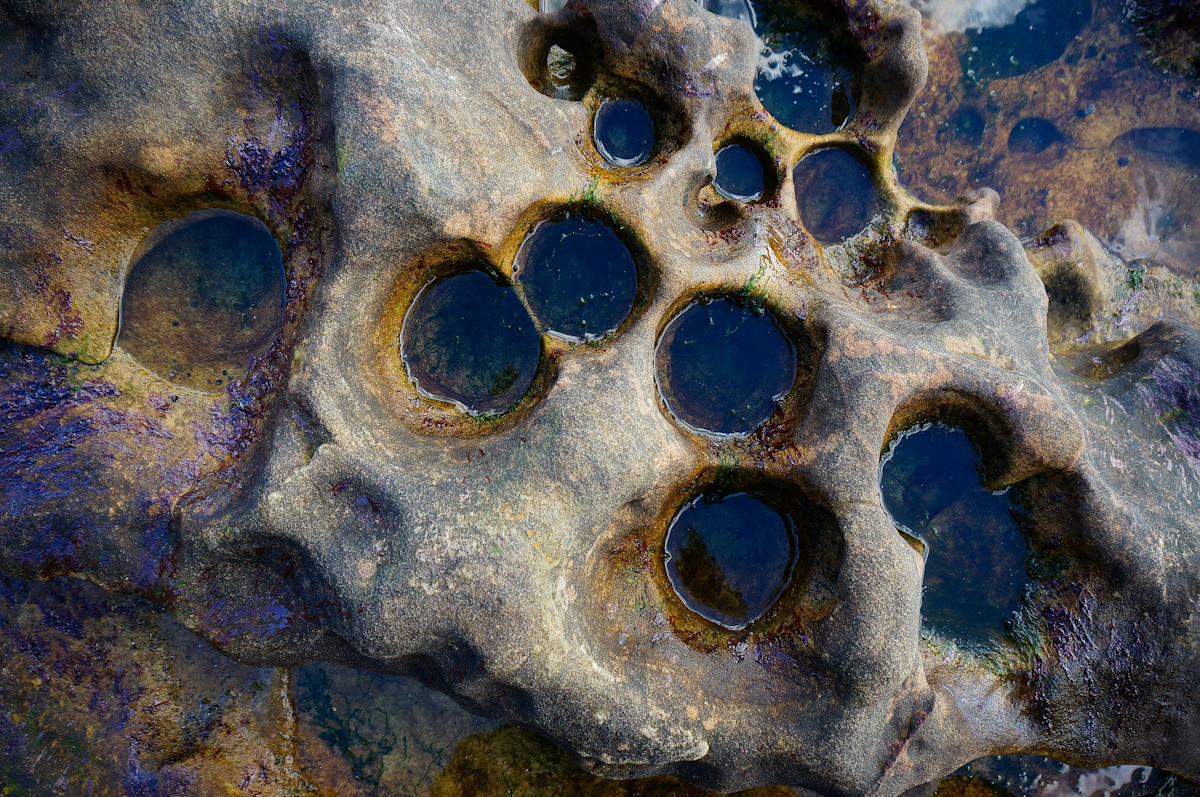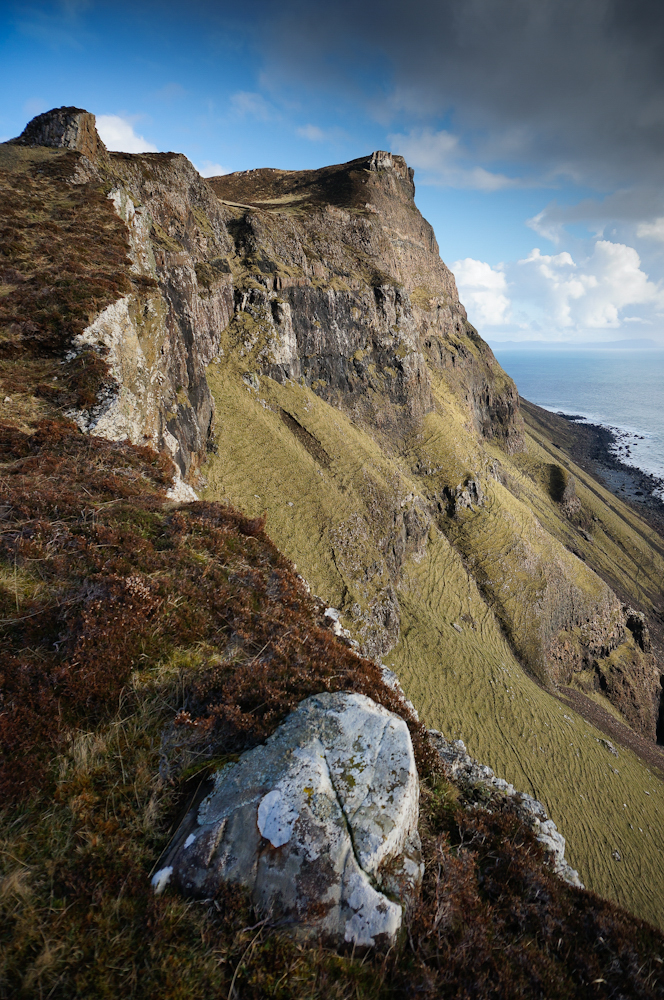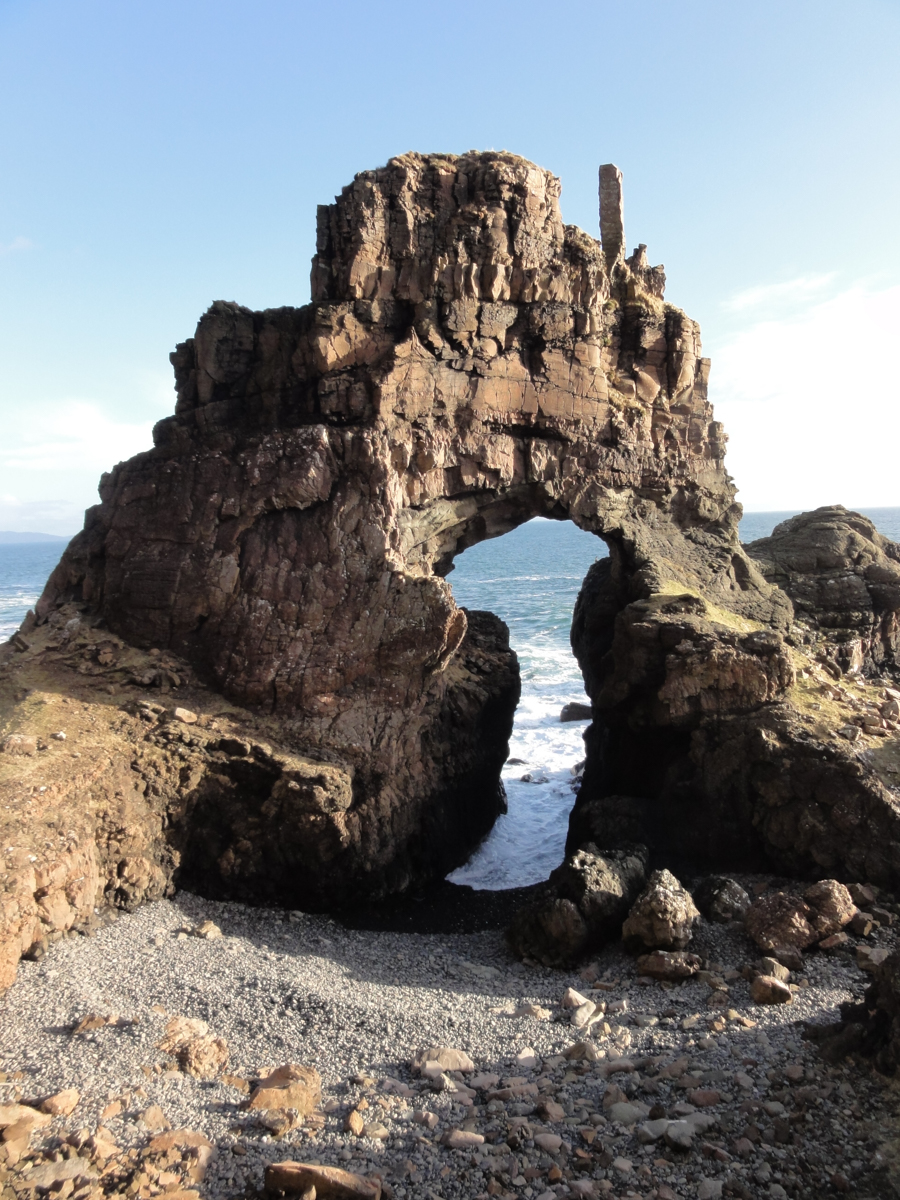Four Fantastic All-Day Walks on the Isle of Mull
Reconnecting with nature, recharging your batteries and exploring Mull’s most beautiful corners – this is the ambition of many who visit the island, and by simply carving a day out of your itinerary to dedicate to an all-day walk on the Isle of Mull, you can do exactly that.
Here are four ideas to get you started, with one for each corner of the island. Choose one or explore them all – the island is your oyster, enjoy it!
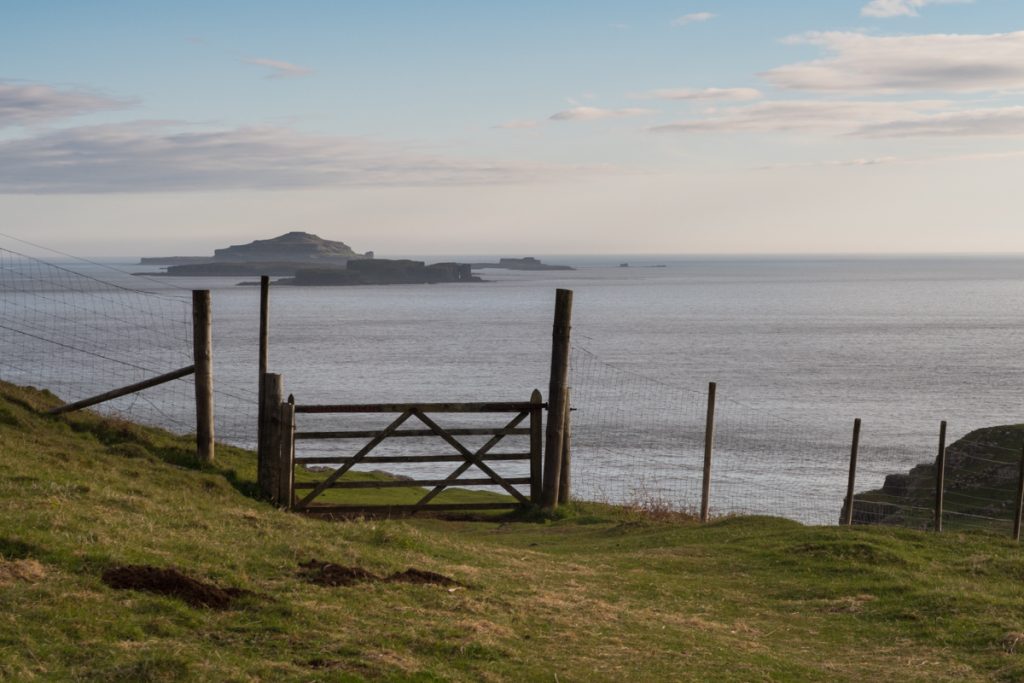

North Mull: The Treshnish Headland
This is a great choice for an all-day walk on the Isle of Mull that eases you in gently and rewards you with spectacular views. Beginning from the island’s west coast at the start of the Treshnish headland, just south of Calgary, a track takes you past Treshnish Farm and on towards the Coronation Meadow, where wild orchids and other native flowers grow in the breeze of the Atlantic.
Rounding the coast with views to the Treshnish Isles, you’ll pass over the ‘false’ beach – now a flat, grassy swathe, this was once at sea level! From here, the trail continues past the ruined village at Crackaig, before re-joining the single-track road to return to your starting point.
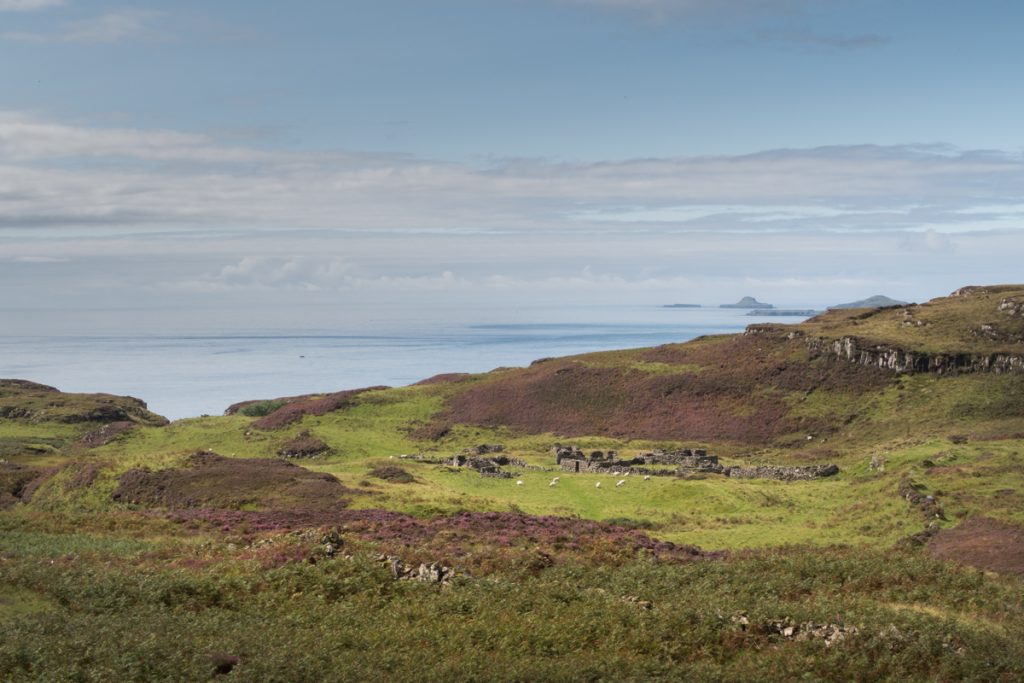
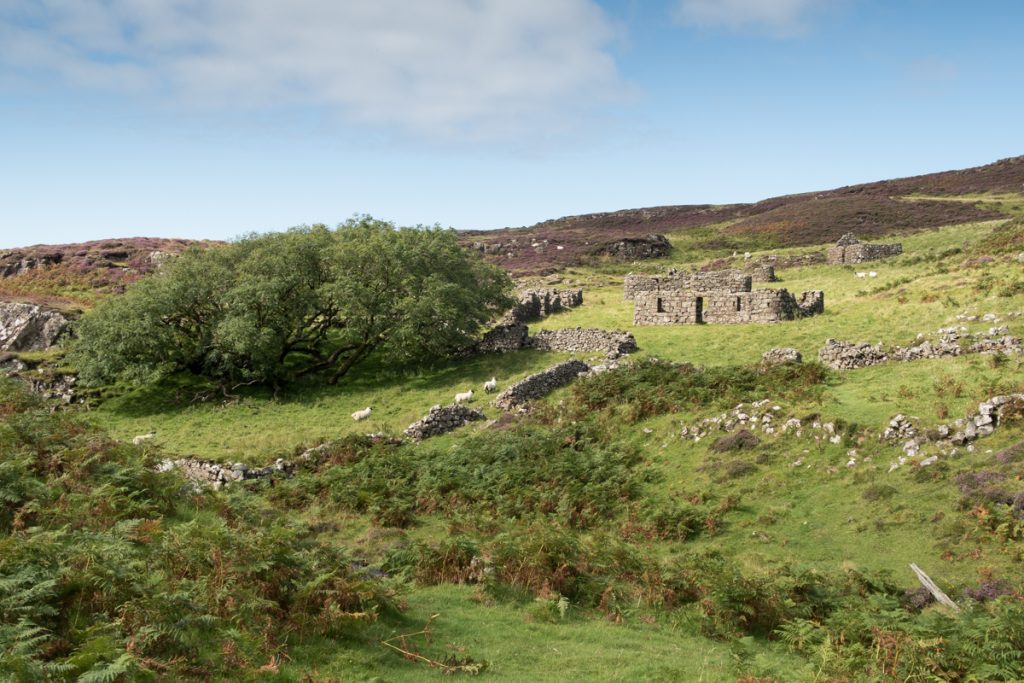
East Mull: Glenforsa and Ben Talaidh
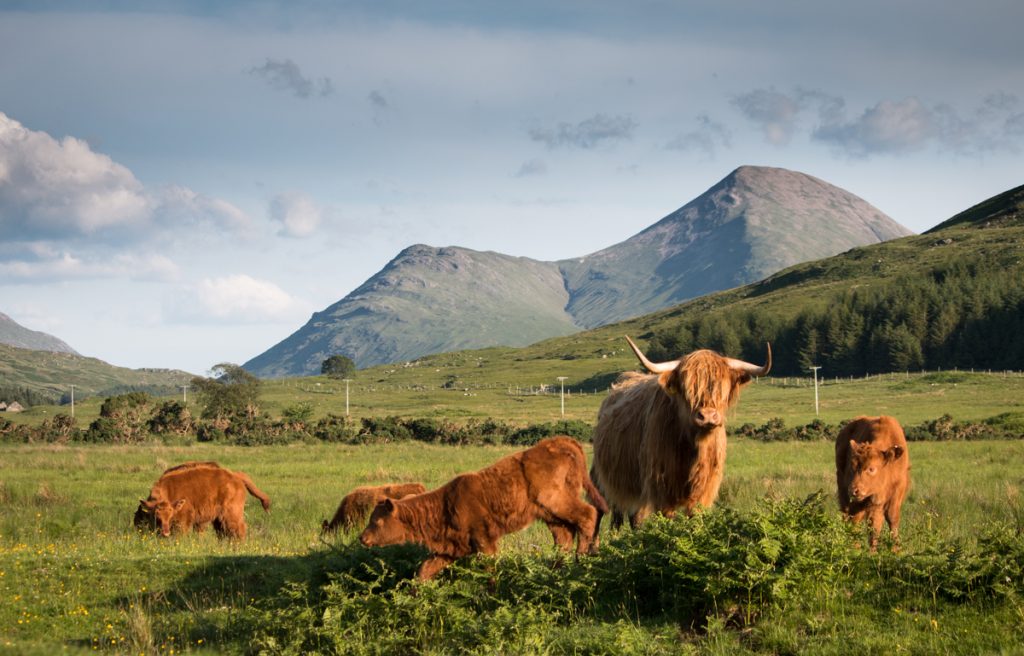
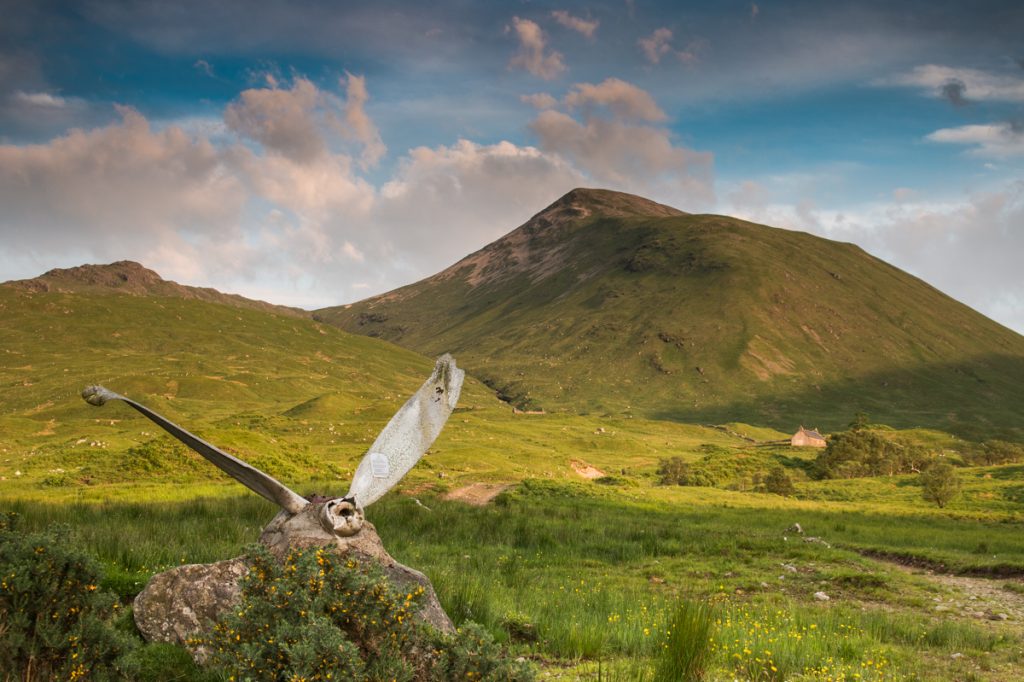
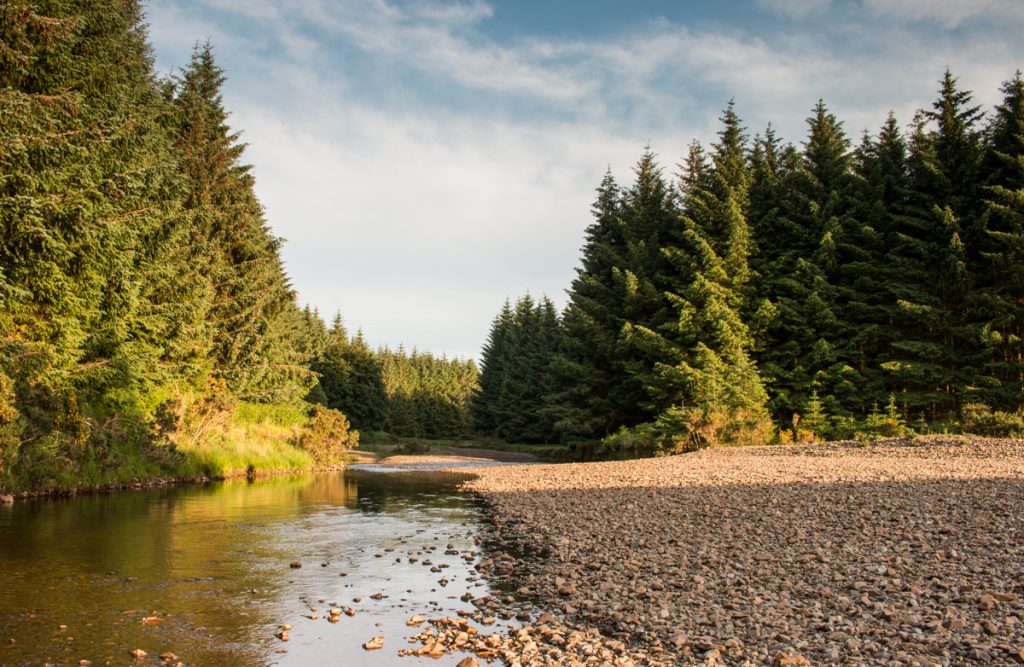
Standing at almost 750m high, Ben Talaidh towers at the head of Glenforsa, and its iconic, conical peak can be seen from as far away as Tobermory in the island’s north east.
Climbing this Graham comes not only with fantastic scenery and views from the top though, as having followed the river Forsa through the farmed glen below, you’ll ascend past a bothy to the wreckage of a Dakota plane, which crashed into the mountain in 1945.
The summit affords excellent views across the island’s mountainous interior, west towards Loch Ba and Ben More, and east back to the Sound of Mull and mainland Scotland.
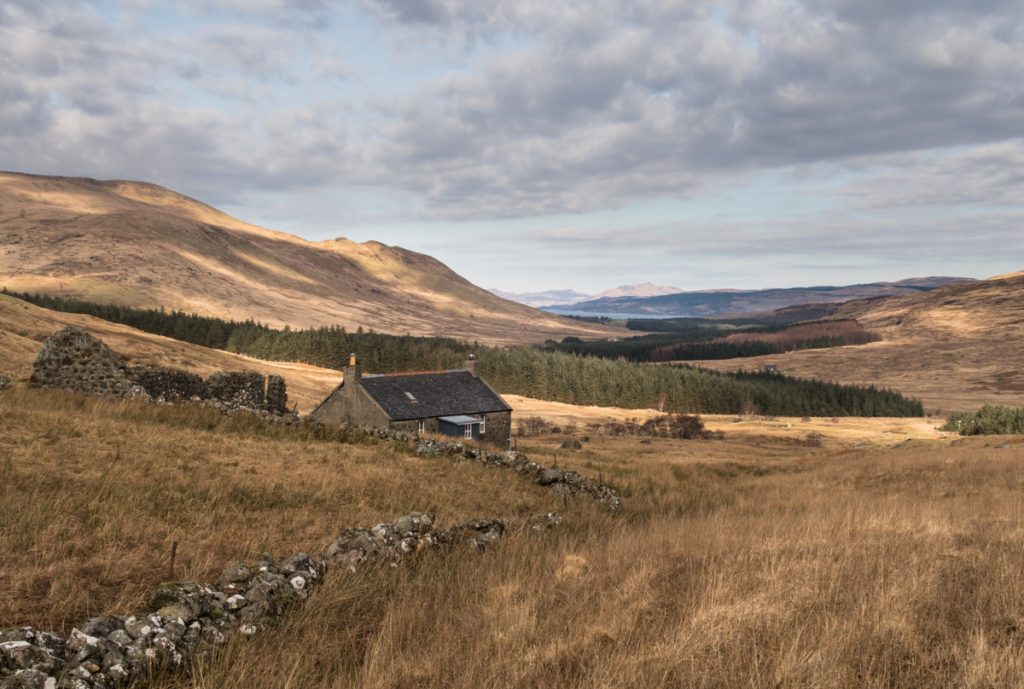

South Mull: Tireregan Nature Reserve
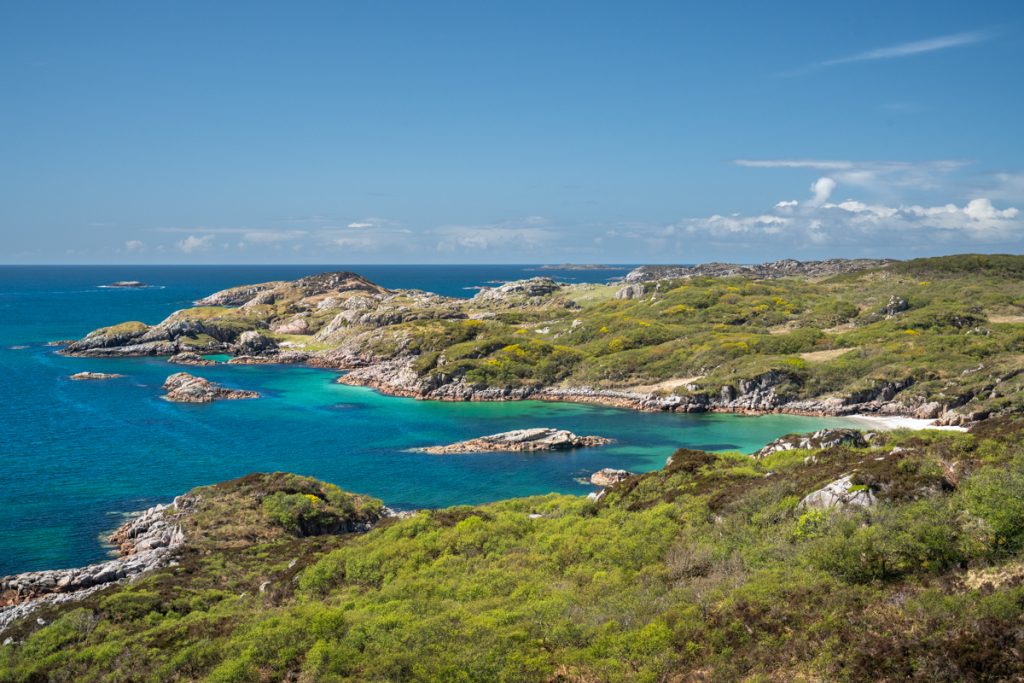

It always pays to be prepared when you head out walking on the Isle of Mull, but no where is this truer than of the Tireregan Nature Reserve. Although not featuring big ascents, the terrain here is challenging and you’ll navigate thick brush, woodland, bog and bracken as you make for the coast. For this reason, it’s a corner of Mull that often goes unexplored, feeling truly remote and untouched.
The reward for your efforts? A taste of Mull’s true wilderness, a wildlife haven, and one of the most unspoilt and beautiful beaches on the island – Traigh Gheal.
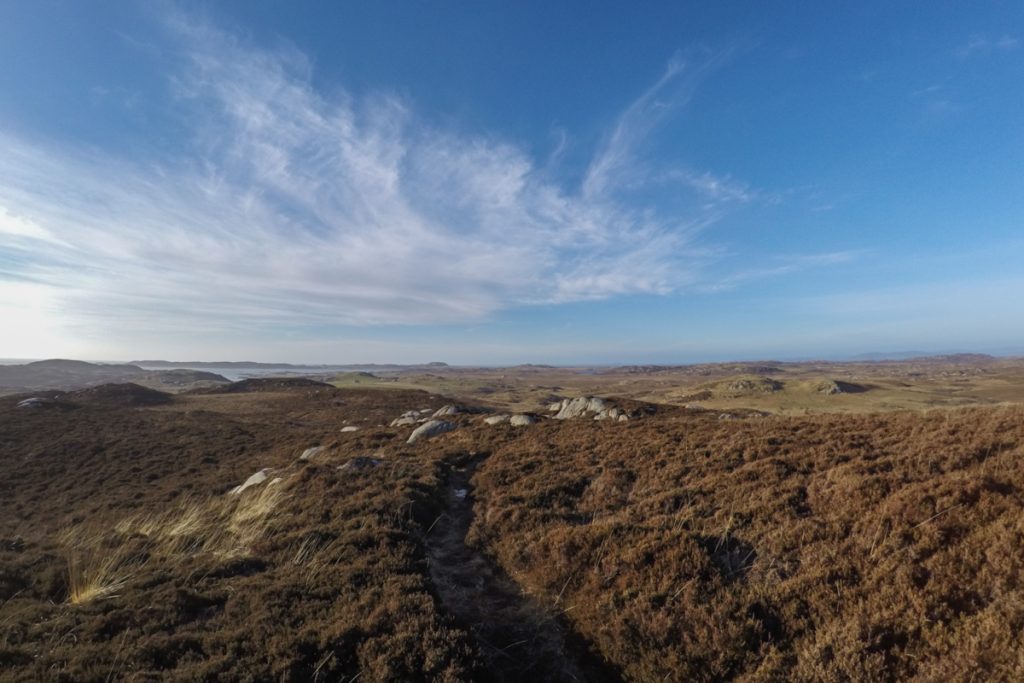

West Mull: Ardmeanach and The Burg
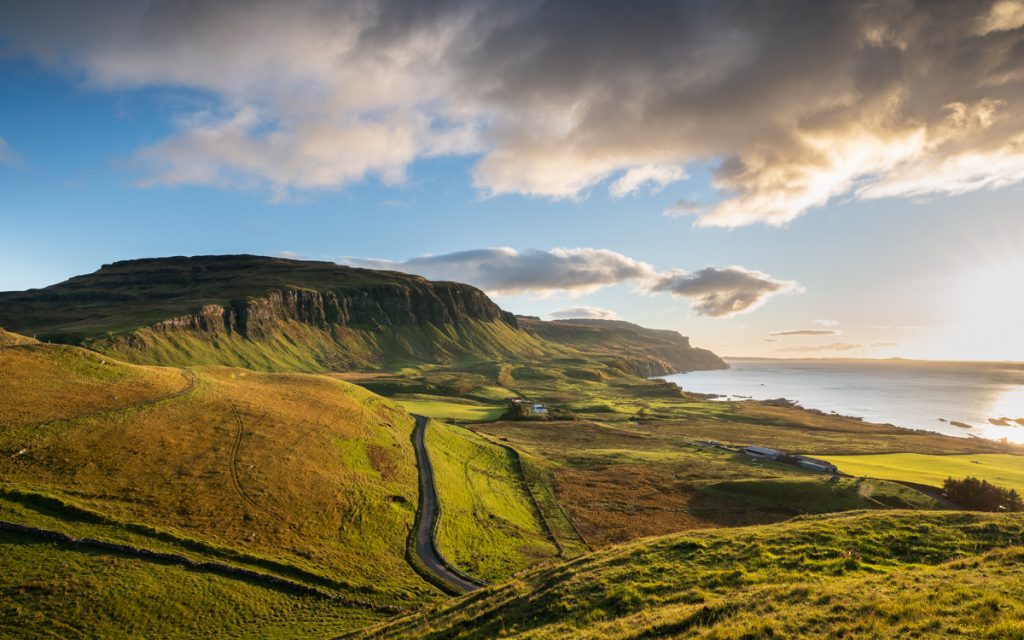
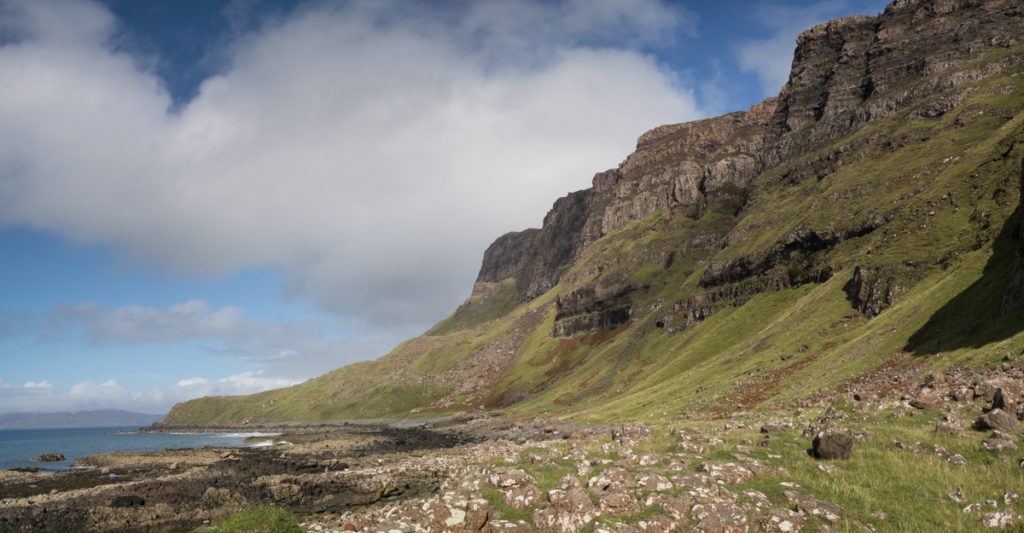
Another of Mull’s wildernesses, the Ardmeanach peninsula extends between Loch Scridain and Loch na Keal on the island’s south west coast. From the Scenic Route to Salen heading north, turn off towards Tiroran just after the small settlement of Kilfinichen and the adventure begins. It’s best to check the tides in advance, as the Fossil Tree at the end of the trail requires a low tide.
As you head west along the peninsula, you’ll pass a memorial cairn and the remains of Dun Bhuirg, affording historical interest along the way. Tracing the coastline, the views are rugged and spectacular. The grand finale of this walk is the Fossil Tree, cast in basalt lava and reached by an equally dramatic ladder bolted to the rocks! The return route retraces your steps, with excellent opportunity to enjoy the local wildlife as you go.
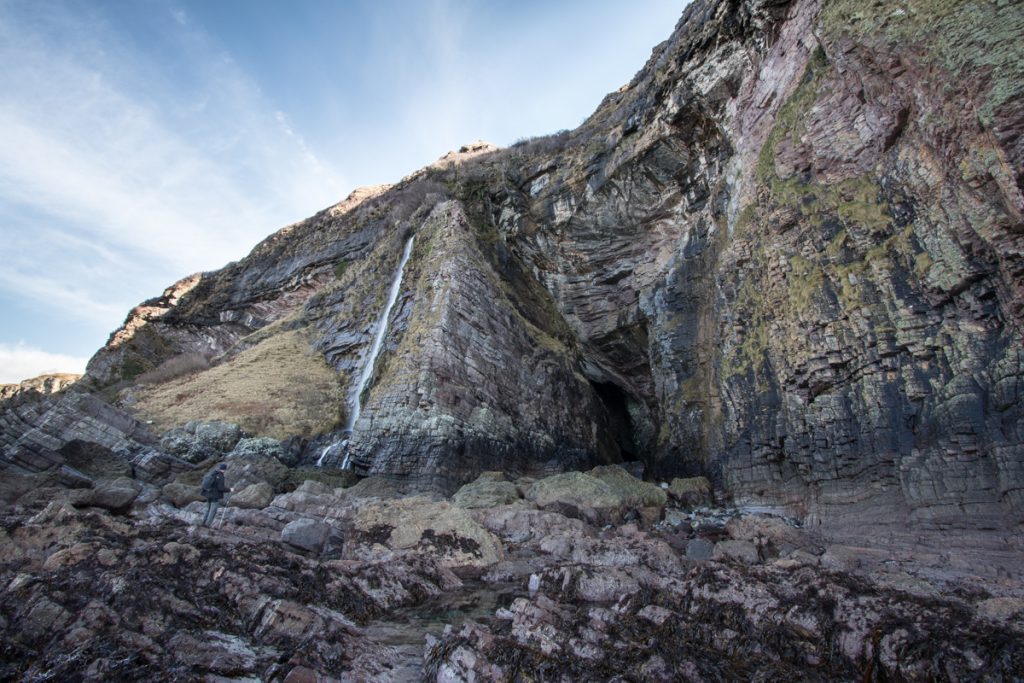
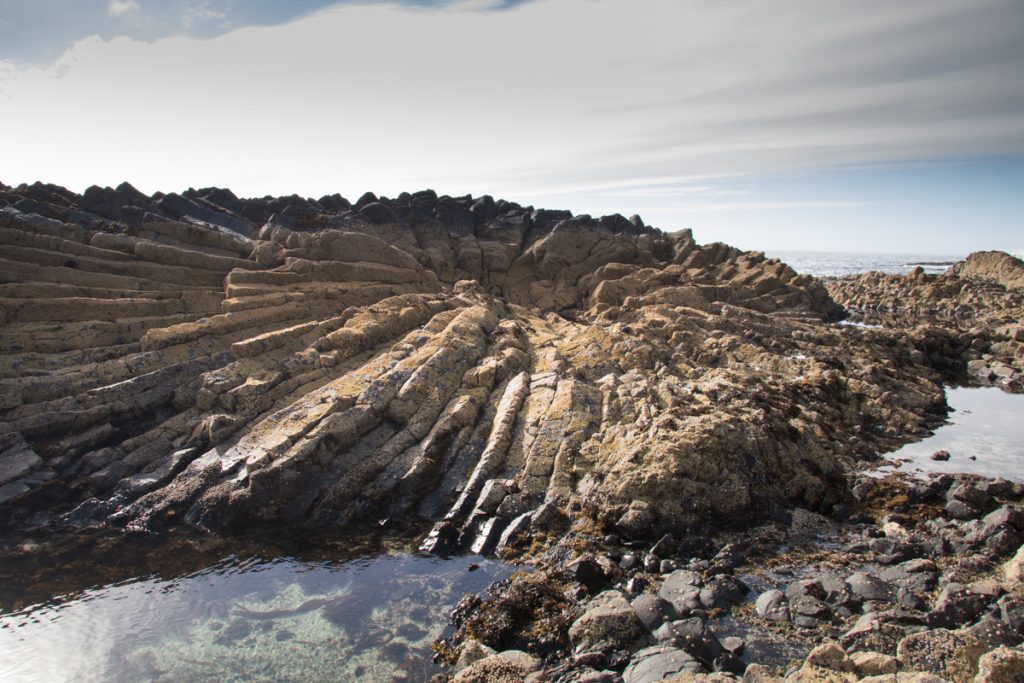
Find more inspiration for short to all-day walks on the Isle of Mull in our guide, complete with OS maps, route descriptions and photos.
